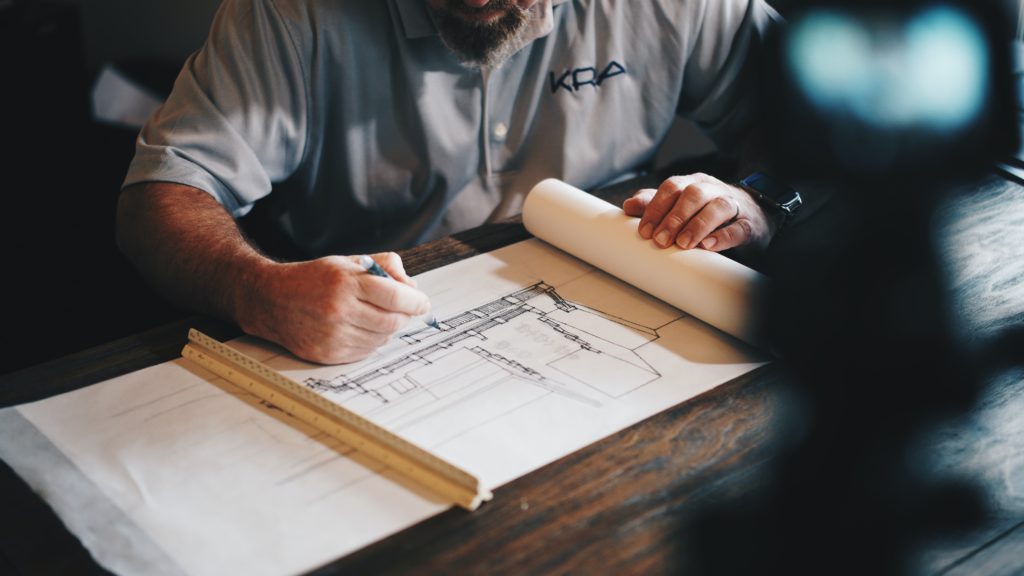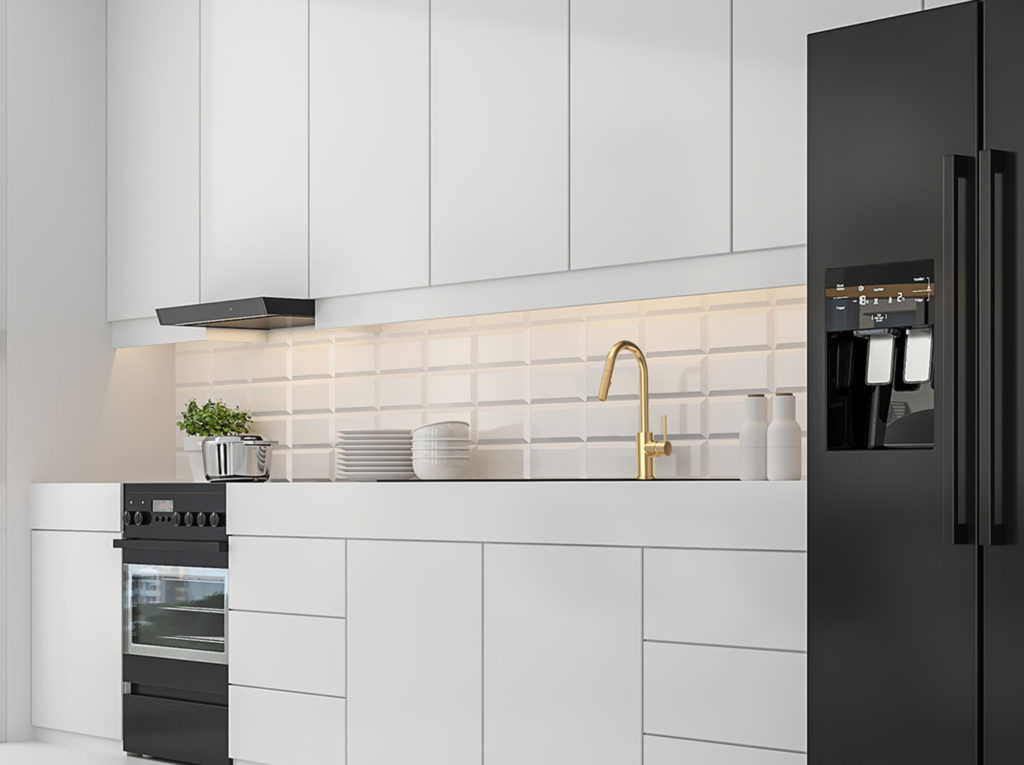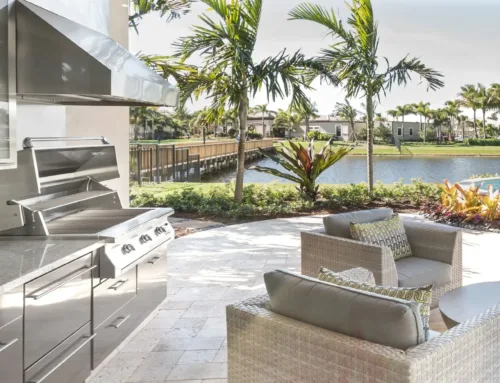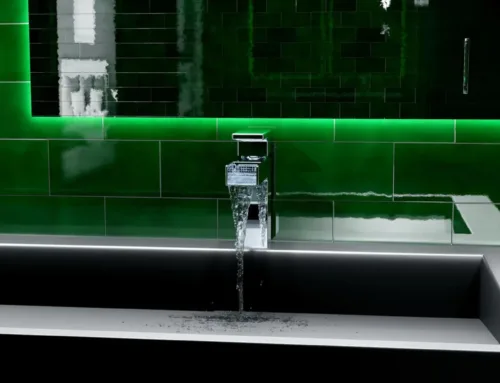
A kitchen can be beautifully designed on paper, but sometimes those designs don’t always translate to the real world, especially in multi-family residences where designs may be completed months or years before a contractor ever gets on site. While the original vision may be great, contractors have to overcome the challenges of costs, communication and material choice.
Kitchens are the heart of any home and see the highest amount of traffic. And if there’s a problem with the materials or how they are installed, the contractor can take the blame, regardless of whether they were the party who specified the materials.
But this doesn’t have to be the case. Learning what mistakes to avoid is key to facing any challenges that might arise during project execution.
Here are our top 6 lessons learned when building kitchens for multi-family residences.
1. Not Budgeting Enough or Budgeting At All
Budgets can be tricky, but they are arguably the most important step in designing a kitchen. There are a lot of elements that go into a kitchen project and a lot of extra costs can get overlooked. No contractor wants to go back to the client saying they’re over budget.
The first step to budgeting is to do your research. Work with the architects and designers on budget items with final approval from the client. A lot of the information will be from the architects or designers, so this can cut research time short.
Use a tool like Excel to create a spreadsheet and always go conservative on the costs, particularly all the minutiae like hammer and nails. Building in a contingency budget can also save you in the long run.
2. Little or No Communication
This isn’t necessarily a step as much as it should be regular practice when building or designing kitchens for multi-family residences.
Communication helps to not only stay on budget but also to make sure all stages of the project are going smoothly and any issues that do arise are addressed immediately before they become a problem.
Communication doesn’t just mean between contractors, designers and architects. It’s a practice that should happen regularly between all project managers, designers, architects, contractors and stakeholders (building owners, investors, etc.). Regular meetings and collaborative spreadsheets and documents can help keep everyone apprised of what is happening so potential issues can be addressed before they actually happen.
3. Measure Once
There’s the age-old saying, “Measure twice, cut once.” There’s a reason this saying is so popular.
When it comes to multi-family residences, contractors are under tight deadlines and usually multiple units have to all be finished at the same time. This leaves a very narrow margin for error and every aspect of the project execution needs to be precise, particularly in the kitchen.
When you’re drilling hundreds of countertop holes to fit kitchen faucets, one measurement error can ruin hundreds of countertops, and waste thousands of dollars and precious time. Plus, the cost of this error will usually have to be absorbed by the contractor which could increase overall project costs.
4. Not Considering the Surrounding Elements
Look at the design of the entire kitchen as a whole and how all the elements fit in together. Is there enough space for multiple people to walk? If you’re working with a small space, are the cupboards inaccessible or interfere with one another? Does the kitchen faucet or pot filler interfere with other elements of the kitchen?
Measure the depth and width of the area around where the sink should be located to make sure there is enough countertop space to work with. Look at drawer handles and whether they have enough space for grip and function. Touchless faucet designs are also a great way to enhance kitchen functionality and accessibility.
Looking at the space both physically and on the blueprints is a good way to get a clear visualization of the functionality of the kitchen. Contractors are the ones on-site doing the work, so if you see a flaw in the design that will be a problem for the end-user, make sure to communicate it along with ways to fix the issue.
5. Poor Quality Materials and Warranty
The quality of materials used may not become apparent during installation, but it sure will once residents move in and start using them.
There are a lot of moving parts to a kitchen that have to work seamlessly. A dripping faucet can lead to issues down the road and cupboards can warp if a stove fan doesn’t circulate air properly.
Using high-quality materials will help save costs in the long run with maintenance, repair and even replacement or extra damage caused by poor materials. If the materials aren’t high-quality and fail quickly, the blame may be put on the installation job, which means costly callbacks for the contractor.
If you know the chosen materials, such as faucets, are not of good quality from past experience, make sure to communicate (see lesson #2 above) this to the appropriate people. It’s better to change to another, high-quality faucet before they are installed to save everyone headaches and costs down the road.
6. Passing Trends
Trends are great, but are they timeless or passing? Passing trends are great for paint color and even wallpaper (yes, it’s making a comeback!). But when it comes to the longevity of kitchens, the design and decor have to be as seamless as the materials used.
When choosing materials for multi-family building kitchens, look at the rest of the unit’s design, particularly decor. A French country style may not work well with a minimalist and industrial-looking kitchen.
But sometimes, timeless does equal trendy. There are now many kitchen faucet colors available that are unique and give a luxurious high-end look. For more kitchen sink faucet design inspiration, check out this article.

Ready to Get Started?
With good communication, proper planning and high-quality materials, contractors can ensure a seamless kitchen installation that looks great, lasts a long time and doesn’t end in costly callbacks.
If you are looking for the best quality faucets for your next kitchen installation, check out Pioneer Industry’s line of products.
Questions? We offer direct access to industry-leading assistance and customer care. Contact us today.








